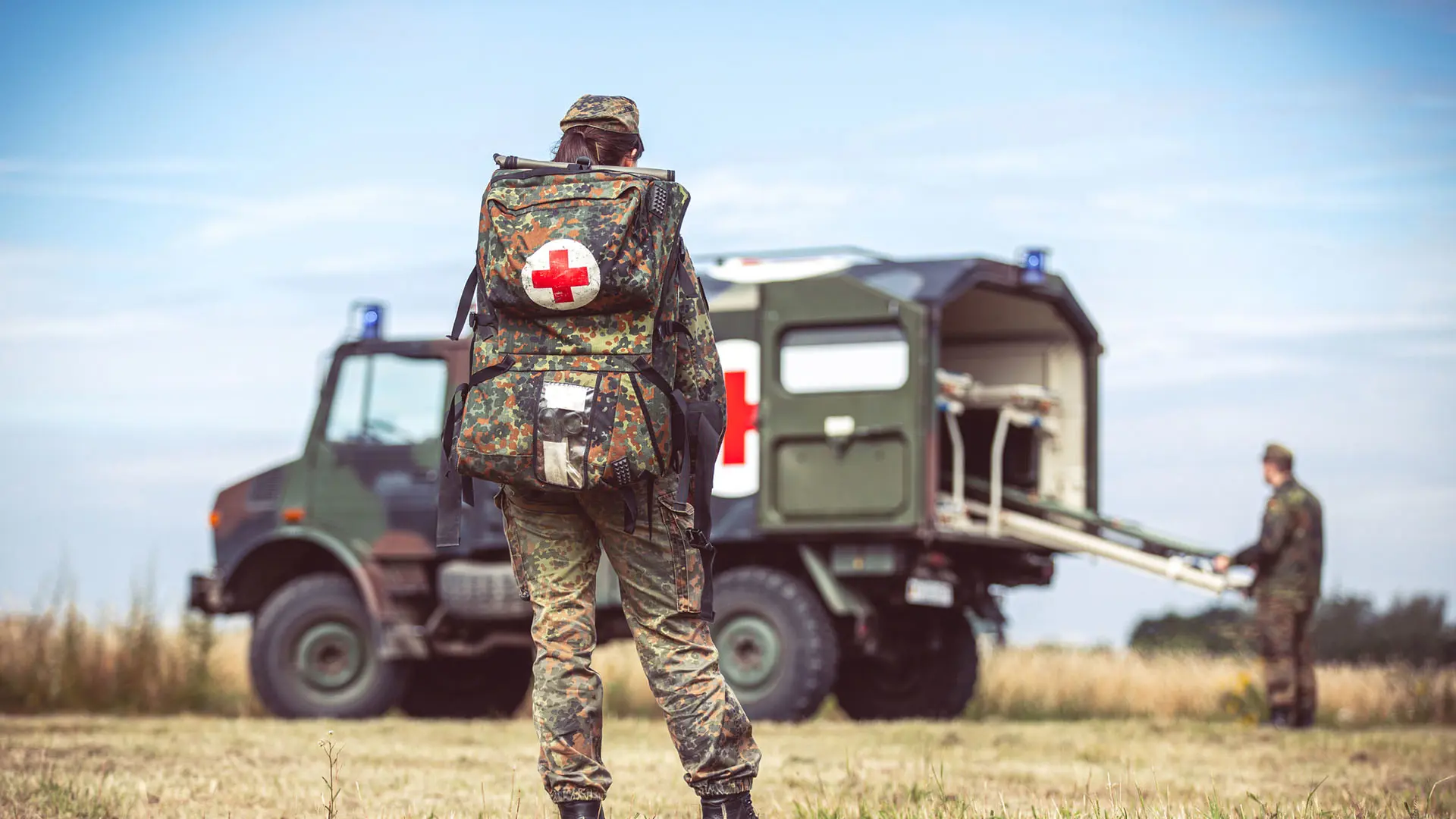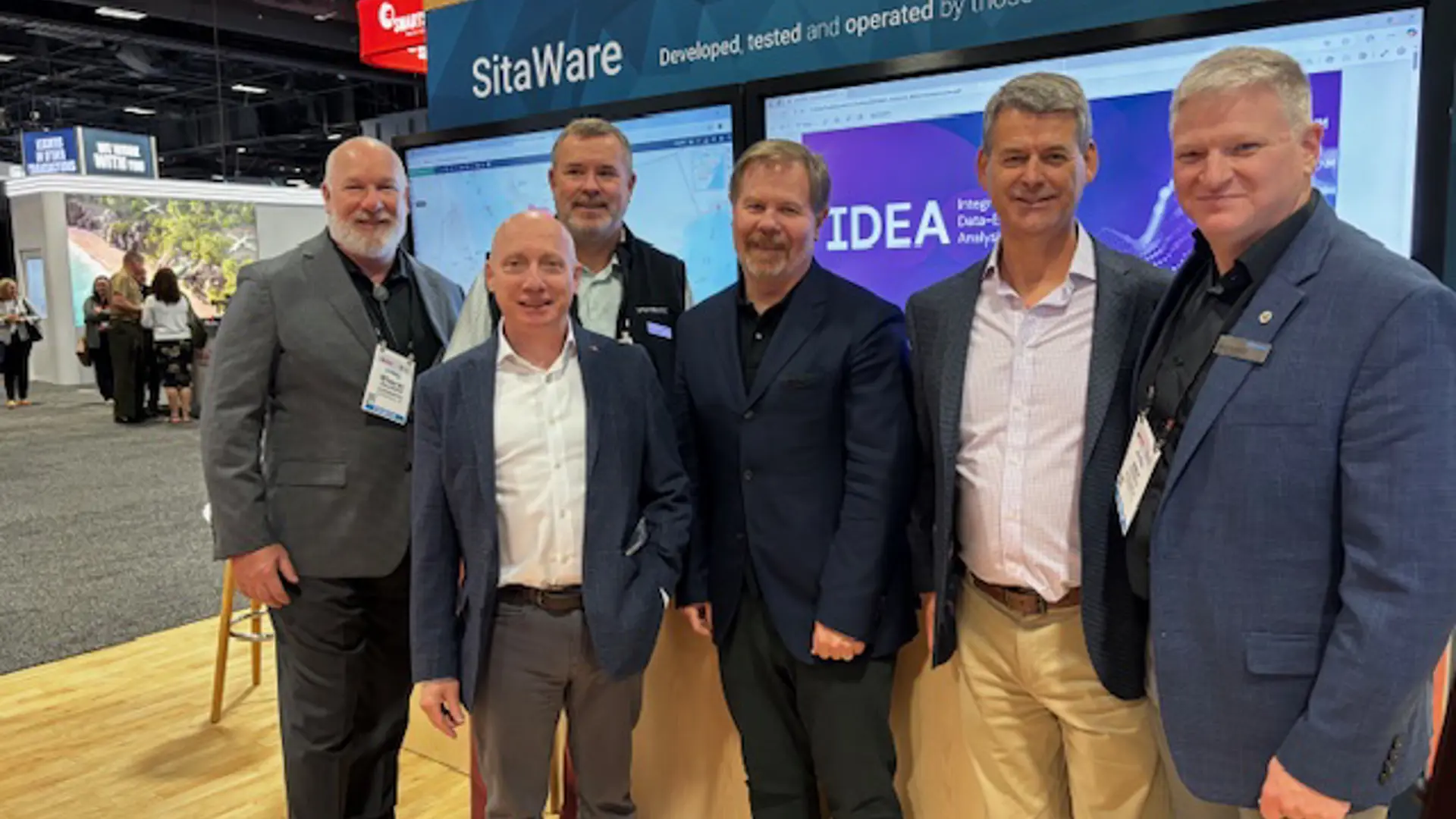Integration of video conferencing software for high-trust environments extends collaboration opportunities
Clear communications are fundamental to the successful planning and execution of military operations. Commanders and staff need effective methods to gain an overview of the current operating environment, immediate and future deployments and dispositions, and provide stakeholders the opportunity to gain situational awareness, ask questions, and offer support.

Linking disparately located leaders is foundational to mission delivery, allowing strategic commanders and those operating at the joint level greater oversight of a tactical commander’s needs, intent, and locations.
As data communications have evolved to enable high-fidelity video teleconferencing (VTC) capabilities, the relative distance between command groups has diminished. Being able to see counterparts, as well as share screens and presentations, means that commanders can have greater understanding of the battlespace. Video offers a unique way for commanders to impart their personality into an increasingly digitised C2 landscape, where verbal and non-verbal communication can offer advantage.
While the platforms are now familiar – from Microsoft Teams to Zoom – the technology that supports the back-end can face a variety of hosting, transmission, and latency issues. Co-ordinating a meeting can also be a challenge, and finding the responsible stakeholders can be a complex task. Secure VTC technology was identified as a requirement in NATO’s Federated Mission Networking (FMN) Spiral 3, demonstrating the need for VTC technology at all levels of the battlefield.
The latest integration for SitaWare with secure video collaboration provider Pexip helps to solve these challenges, delivering robust VTC capabilities and simplified calling and meeting functionality.
Reach out and call somebody
The combination of Pexip’s secure video collaboration software with the SitaWare suite gives operational and planning staff a trusted, seamless way to connect and collaborate – wherever they are.
The video-enablement of SitaWare enables ready location and identification of contacts. Tapping a symbol grants users the ability to start a VTC with a headquarters unit, providing an instant link to teams in the field. For pre-mission planning, this can have the added advantage of providing greater transparency and visibility of expectations and goals for operations.
“Maintaining connections between commanders during the combat estimate and the execution of plan is critical to the success of an operation. Briefing stakeholders at key stages helps to provide awareness of commanders’ intents, what is needed in terms of support, and any unexpected challenges. Providing integrated VTC technology provides commanders with a more reliable channel for communication, while the ability to link with the common operational picture generated by SitaWare provides essential context needed for planning and operational clarity,” says Paul Cocker, Senior Solution Architect at Systematic.

“Making the unit the key point of contact ensures that there will be someone to pick up that phone when it rings. Add the graphical representation of a unit’s location, and there is a clear understanding of who you’re connecting with in terms of their mission, what kind of unit they are, and what capabilities they have. Combining this with synchronisation features and the wider toolset that SitaWare provides ensures commanders are able to reach the right assets at the right time.”
Other features include call scheduling, giving Operations and Planning staff the framework for regular touchpoints that can be driven by time, planning and operational milestones, and locations.
Leveraging cloud capabilities for resilience and workload
Cloud computing technology brings a range of advantages for military operations. The launch of SitaWare BattleCloud has enabled cloud deployment for the SitaWare suite, helping to offboard high-power computing tasks and providing greater resilience for operational continuity.
The addition of Pexip’s video collaboration solution further helps with leveraging the benefits of cloud technology, while bridging the gaps between different VTC systems.
“One of Pexip’s benefits from a data networking standpoint is that the video media processing takes place in the core of the network, reducing the processing burden of the end-point and lessening the data in transit volume, which is useful in constrained network environments. Pexip has a proven track record of delivering video capability into all host architectures, from air gapped through to hyperscaler cloud and hybrid cloud. When combined with the unique integration potential of Pexip, video-enablement battle management systems can now be delivered anywhere,” says Pexip’s Head of Defence, Nick Ross.
SitaWare BattleCloud, which delivers the cloud-based hosting environment for the SitaWare suite, and the Pexip plug-in, can be hosted on a variety of cloud providers – delivering greater flexibility for operators. The software-based agnostic cloud deployment capabilities of Pexip’s technology means that the hardware and software subscription costs are reduced, delivering cost-efficiencies for operators.
AI services, such as Pexip Private AI’s real-time language transcription and translation services, are also delivered from the network core and can be self-hosted by the customer with no connection to the internet.
Secure by design
User access control and data-centric security are becoming fundamental requirements of modern digital operating environments, as information needs to be shared and controlled without the risk of interception.
Pexip’s VTC software has been successfully deployed as part of data centric C2 systems using highly secure attribute-based access control (ABAC), where system policy ensures that only those with the correct rights can be part of a meeting, or access recordings afterwards.
“We believe Pexip is unique as a secure video collaboration tool that integrates with data centric architectures, in line with the guidance in ACP240 [a Five Eyes publication describing data centric security]. We see interest in this new methodology growing as organizations begin to recognize the additional agility it offers to Defence, particularly in the area of international interoperability” says Ross.
Pexip’s software-based platform supports both cloud and on-premises deployments, including fully air-gapped environments, to maintain mission-critical security, complementing the SitaWare suite’s capabilities for operating in highly secure hosting environments.
“Ensuring that all the tools of command are present in a locked-down, secured C4ISR ecosystem is a key part of modern military operations. Air-gapping is now a major field requirement that can ensure that data is properly leveraged by warfighters. As digital emissions are becoming a key aspect of targeting, reducing the callbacks to off-field servers and data centers can ultimately deliver greater survivability for those in the field,” says Cocker.
Both SitaWare and Pexip are accredited suppliers under the US Defense Information Systems Agency (DISA) for use in the Department of Defense Information Network, demonstrating their security credentials for US customers. Pexip is also accredited with the French Cybersecurity Agency, ANSSI, and complies with the FIPS 140-3 cryptographic and FIPS 180-3 Secure Hash standards, as part of its commitment to trusted, standards-based security.








